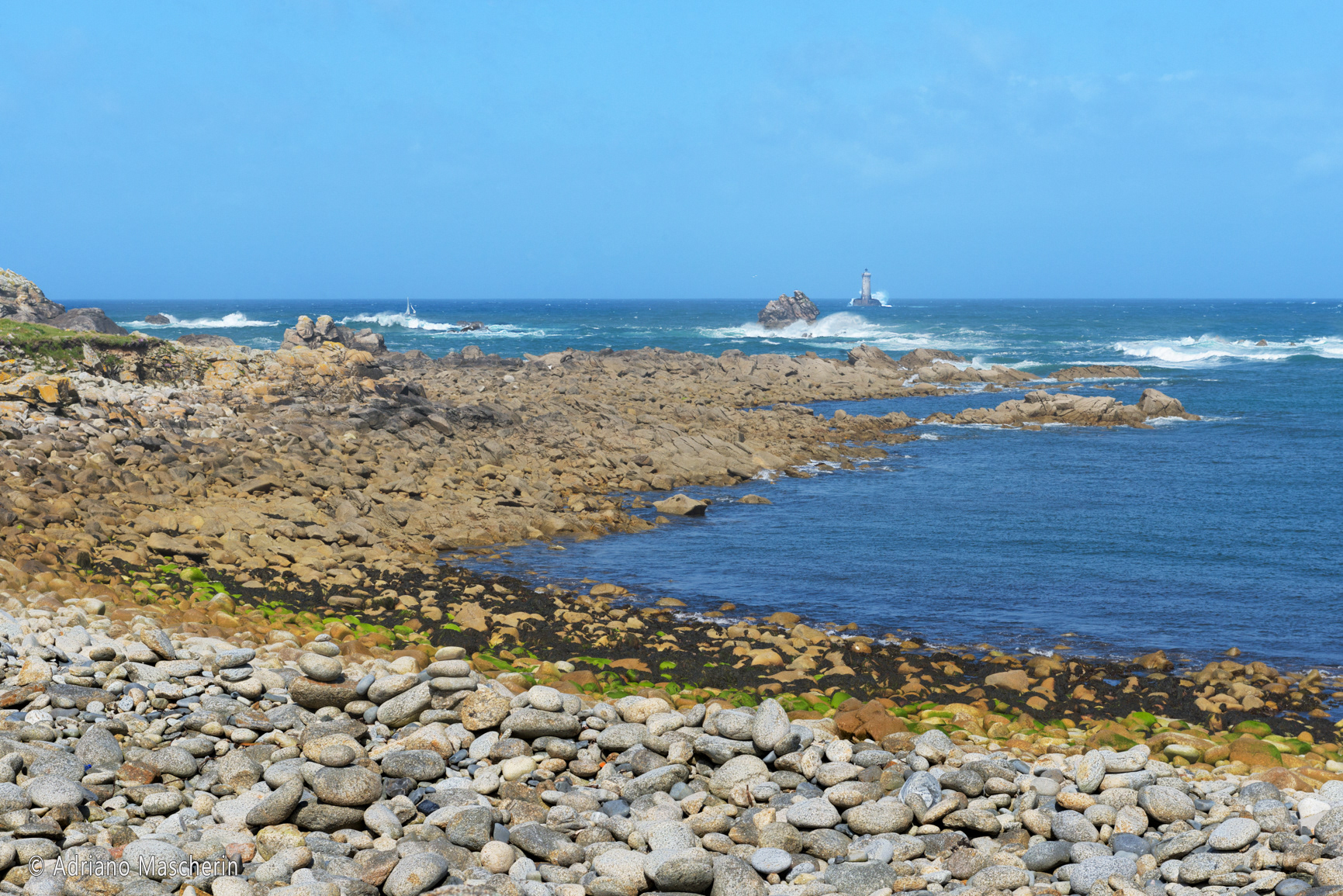I fari sono presenti soprattutto nella parte ovest della Bretagna e ancor oggi sono in funzione (la quasi totalità automatizzati) e sono dei punti di riferimento per la navigazione nonostante le sofisticate attrezzature di cui sono dotate le navi moderne. Nel passato che non c’era l’elettricità, venivano allora accesi dei fuochi che segnalavano così la posizione alle navi ma, la luce dei fuochi non arrivava molto lontano. Il mare attorno la Bretagna è molto insidioso con scogli che a seconda della marea appaiono improvvisamente. Molte navi sono affondate andando a cozzare sugli scogli ma molte di più si sono salvate grazie ai fuochi prima ed ai fari dopo. Si racconta anche che detti fuochi venivano posti nel luogo errato proprio con l’intento di far affondare la nave per poi depredarla.
Ci ha colpito il faro di Pointe St.Mathieu sopranominato “La prua del mondo antico” forse perché posto a cavallo dei resti di un’abbazia benedettina che risale al XVI secolo, semidistrutta dal tempo e dall’incuria degli uomini. E’ emozionante la dicotomia tra le antiche rovine poste a due passi dal modernissimo faro e centro radar bianco e rosso che contrasta nettamente con il grigio delle antiche mura. Qui nel 1689 venne costruita una lanterna sul campanile dell’abbazia e tenuta accesa dai monaci fino al 1796 quando furono cacciati dai rivoluzionari.
Nella galleria i pochi fari che abbiamo visto.
Lighthouses are mainly present in the western part of Brittany and are still in operation today (almost entirely automated) and are reference points for navigation despite the sophisticated equipment that modern ships are equipped with. In the past when there was no electricity, fires were then lit which signaled the position to the ships, but the light from the fires did not reach very far. The sea around Brittany is very treacherous with rocks that appear suddenly depending on the tide. Many ships have sunk going to collide on the rocks but many more have been saved thanks to the fires before and the lighthouses after. It is also said that these fires were placed in the wrong place with the intent of sinking the ship and then plundering it.
We were struck by the Pointe St. Mathieu lighthouse nicknamed 'The prow of the ancient world' perhaps because it straddles the remains of a Benedictine abbey that dates back to the sixteenth century, half-destroyed by time and human neglect. The dichotomy between the ancient ruins located a stone's throw from the ultra-modern lighthouse and a white and red radar center is exciting, which contrasts sharply with the gray of the ancient walls. Here in 1689 a lantern was built on the bell tower of the abbey and kept lit by the monks until 1796 when they were driven out by the revolutionaries.
In the gallery the few lighthouses we have seen.

Belle Ile en Mer - Phare Goulphare
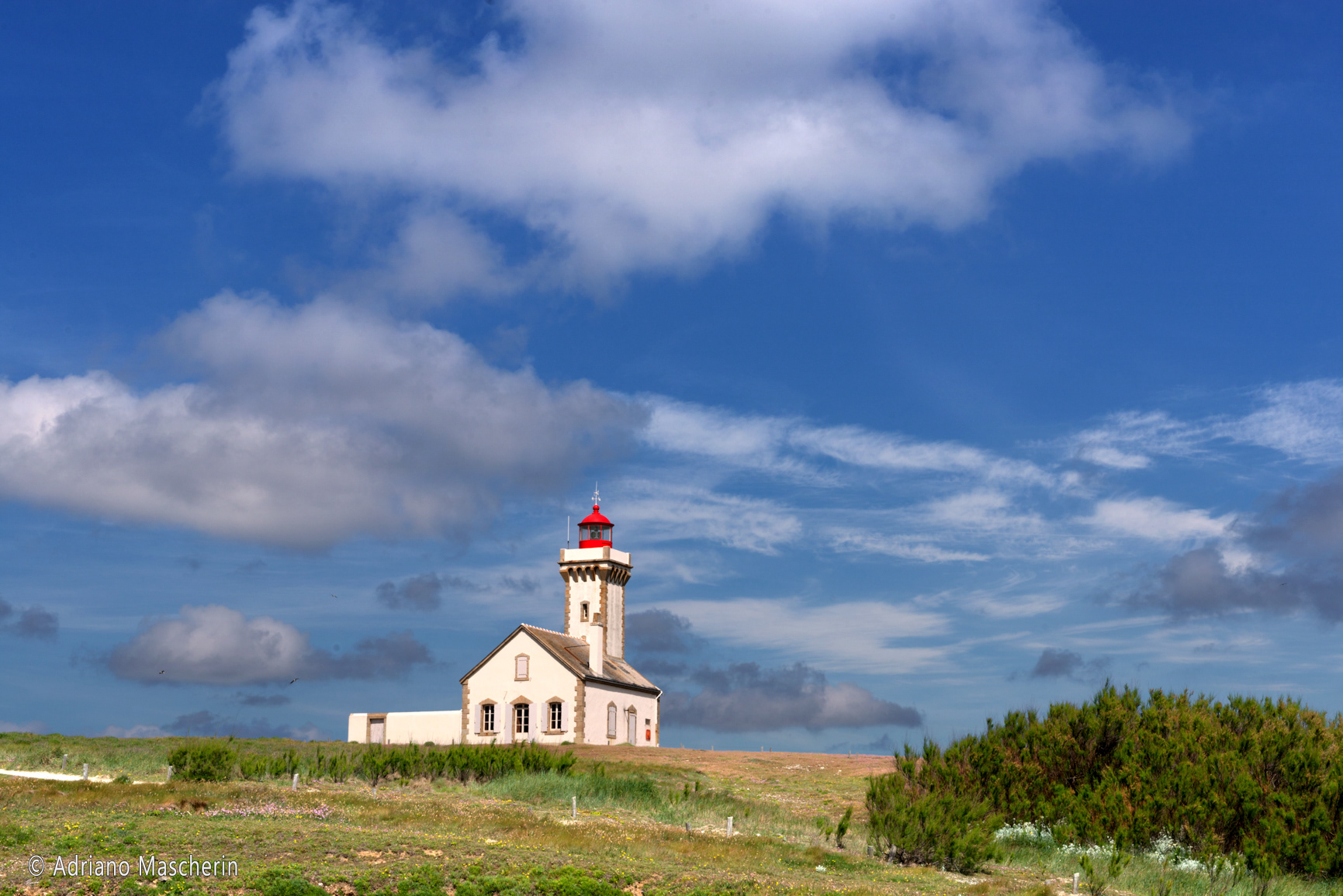
Belle Ile en Mer - Faro Pointe du Poulains
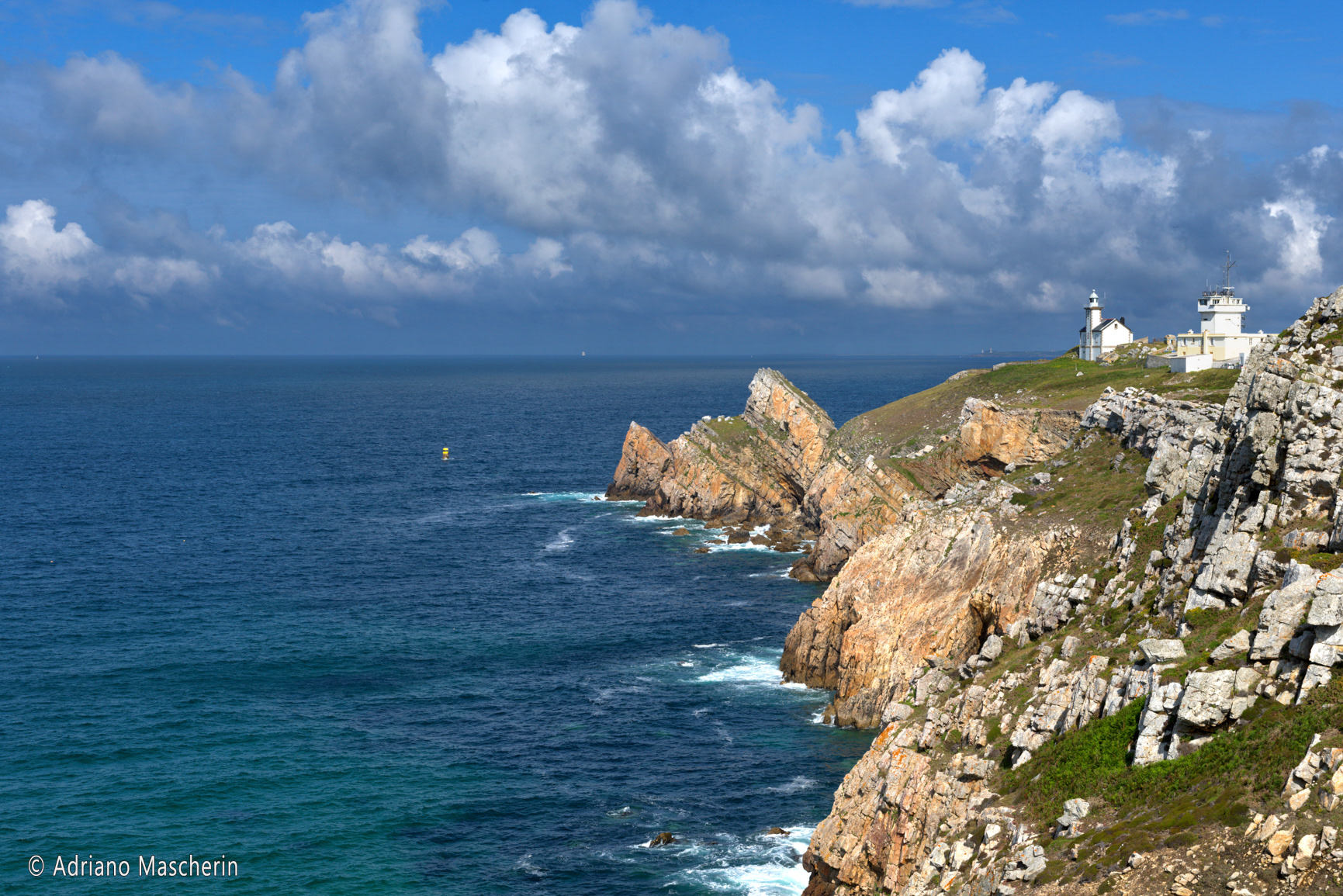
Camaeret su Mer - Faro Pointe de Toulinguet

Plevenon - Faro Cap Frehel
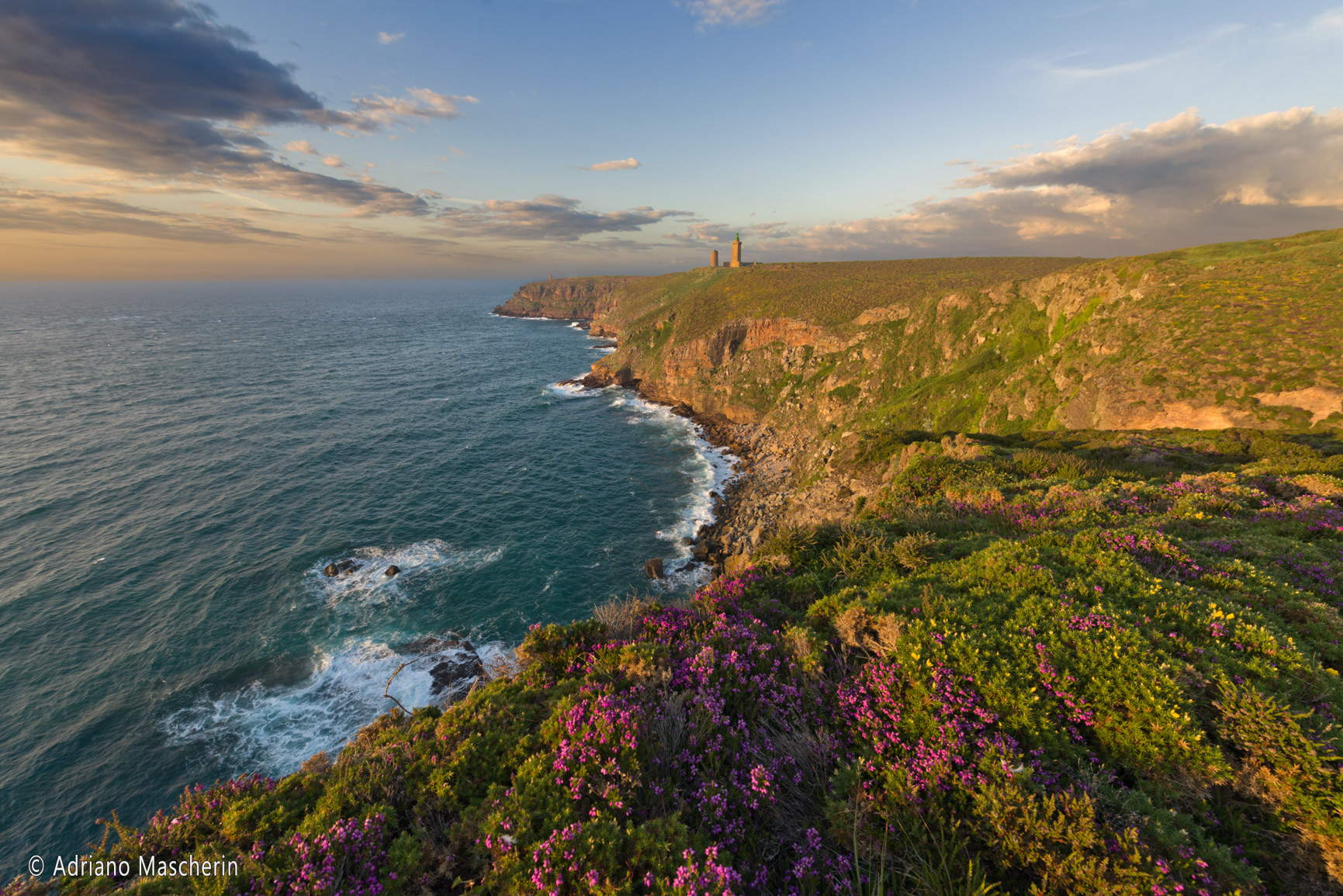
Plevenon - Faro Cap Frehel vista da pointe du Jas
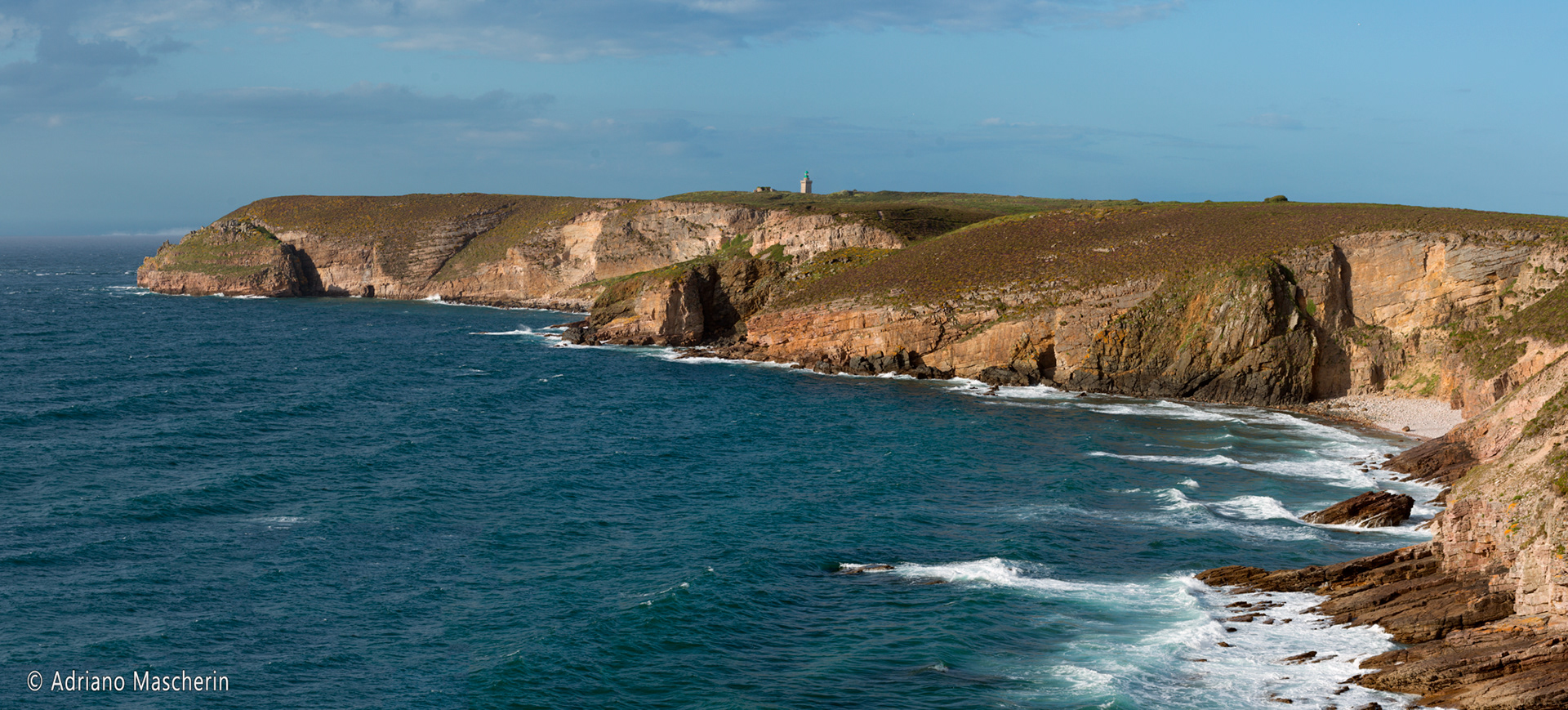
Plevenon - Faro Cap Frehel da Pory
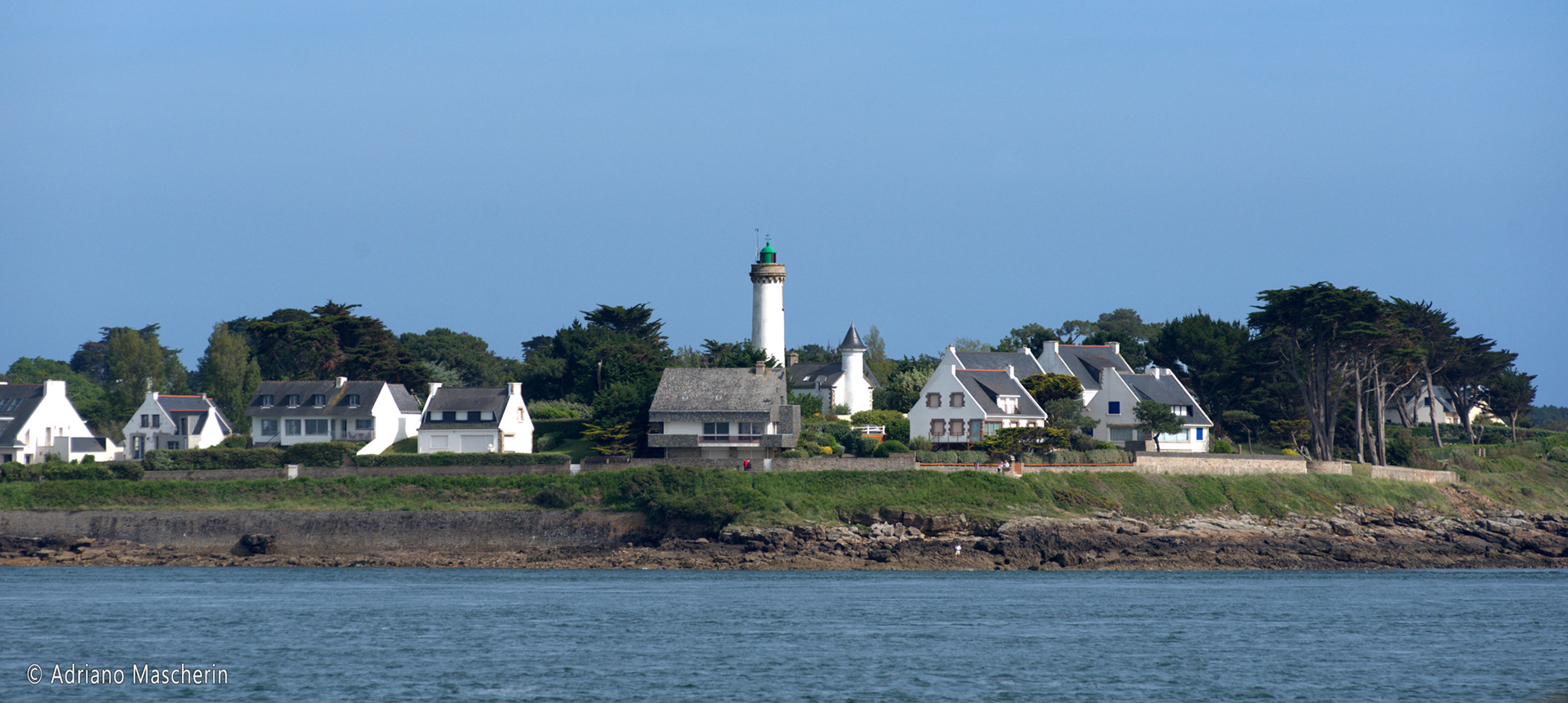
Locmariaquer - Faro di Port Navalo

Penmarc'h - Faro Eckmuhl

Plounéour-Brignogan-Plage - Faro di Pontusval
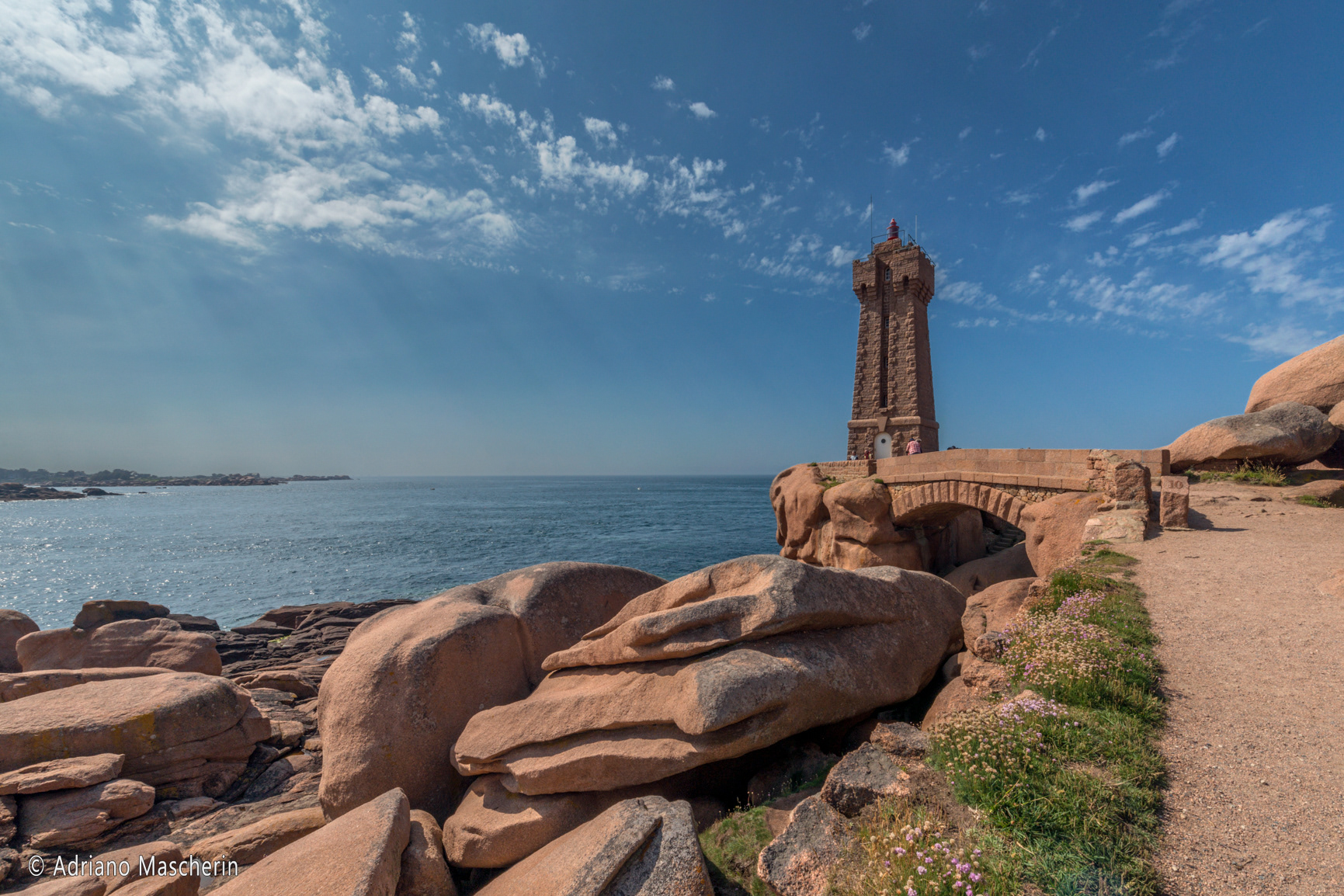
Ploumanarc'h - Faro de Men Ruz
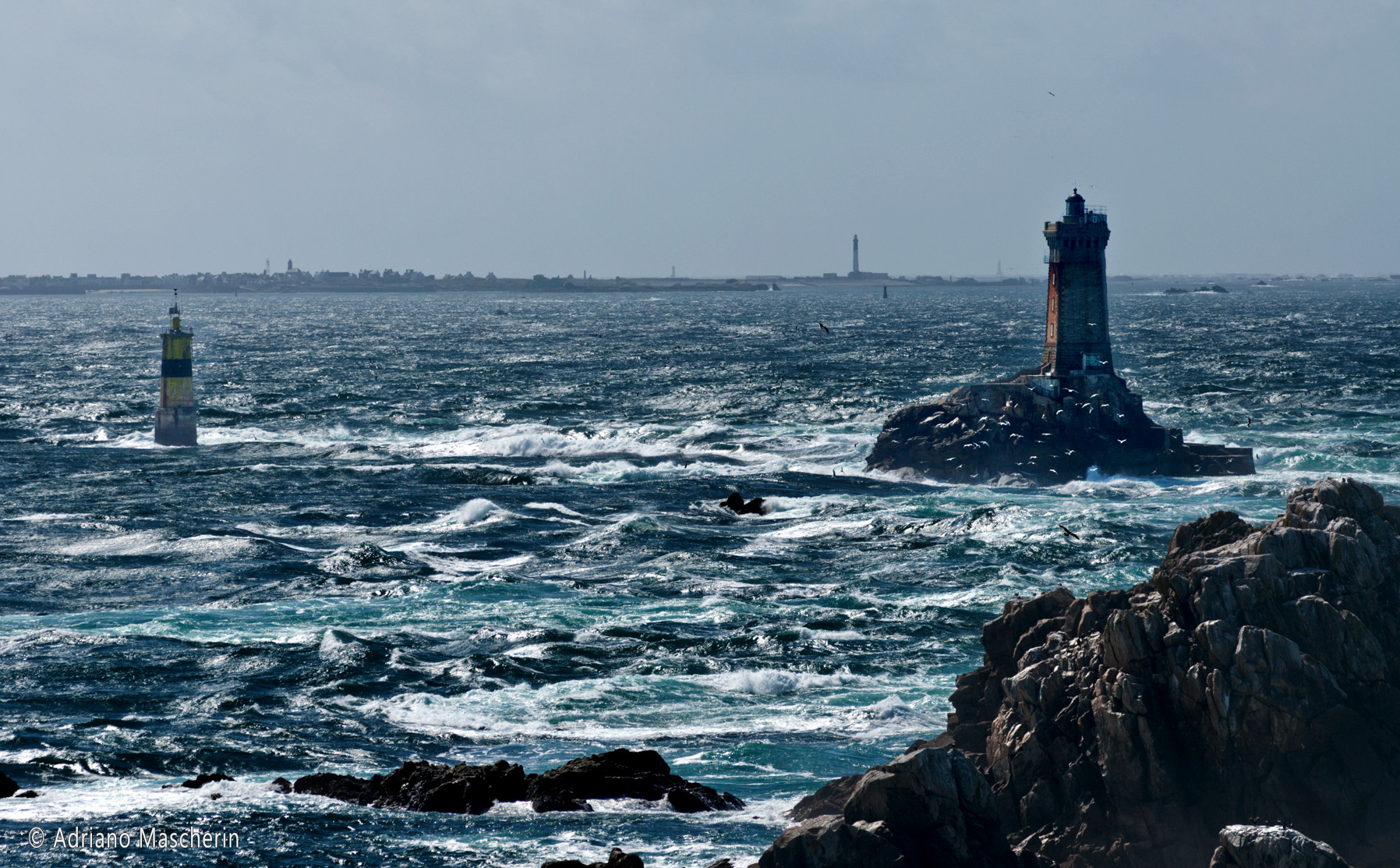
Plogoff-Pointe du Raz - Faro de la Vieille
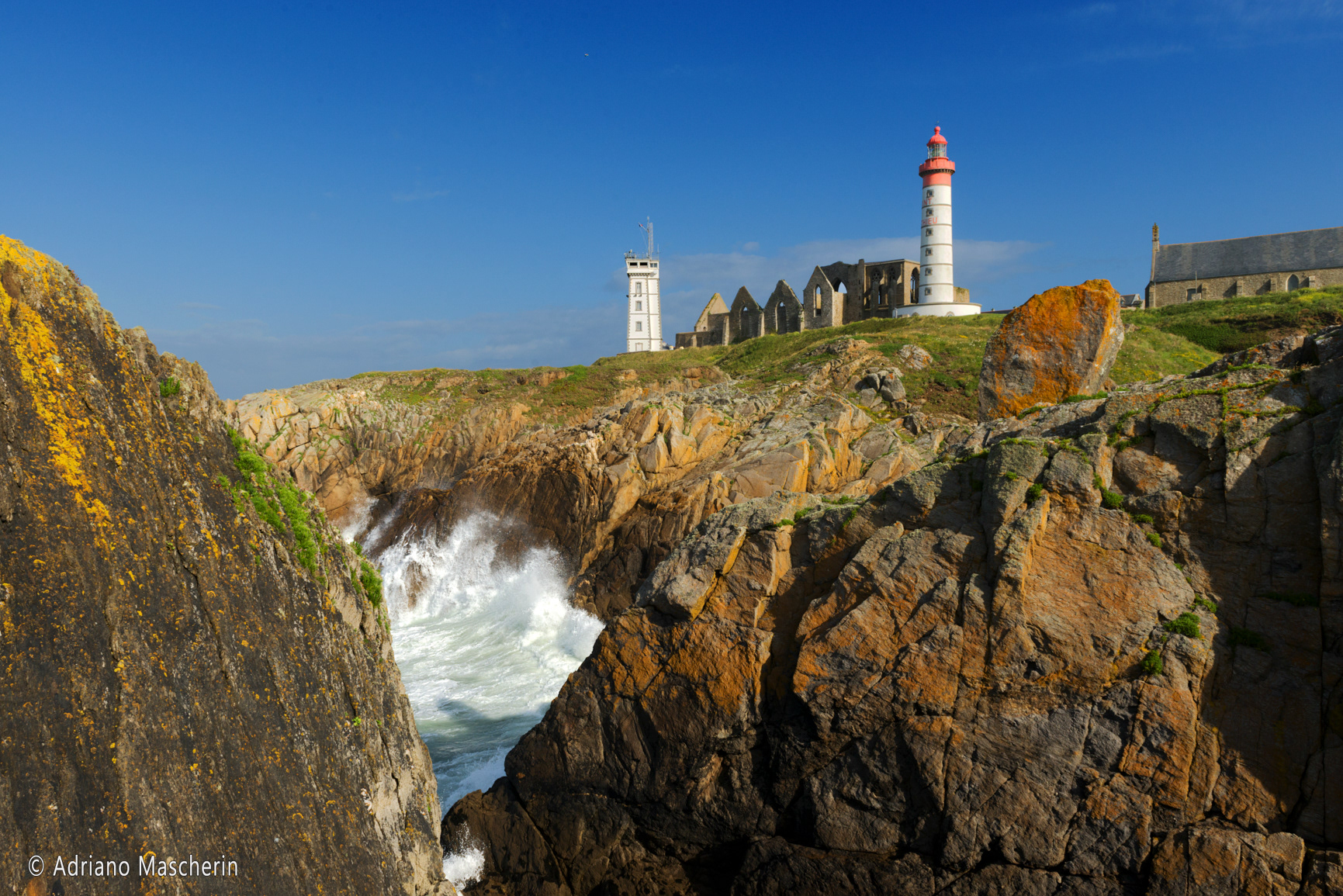
Plougonvelin - faro pointe de ST. Mathieu
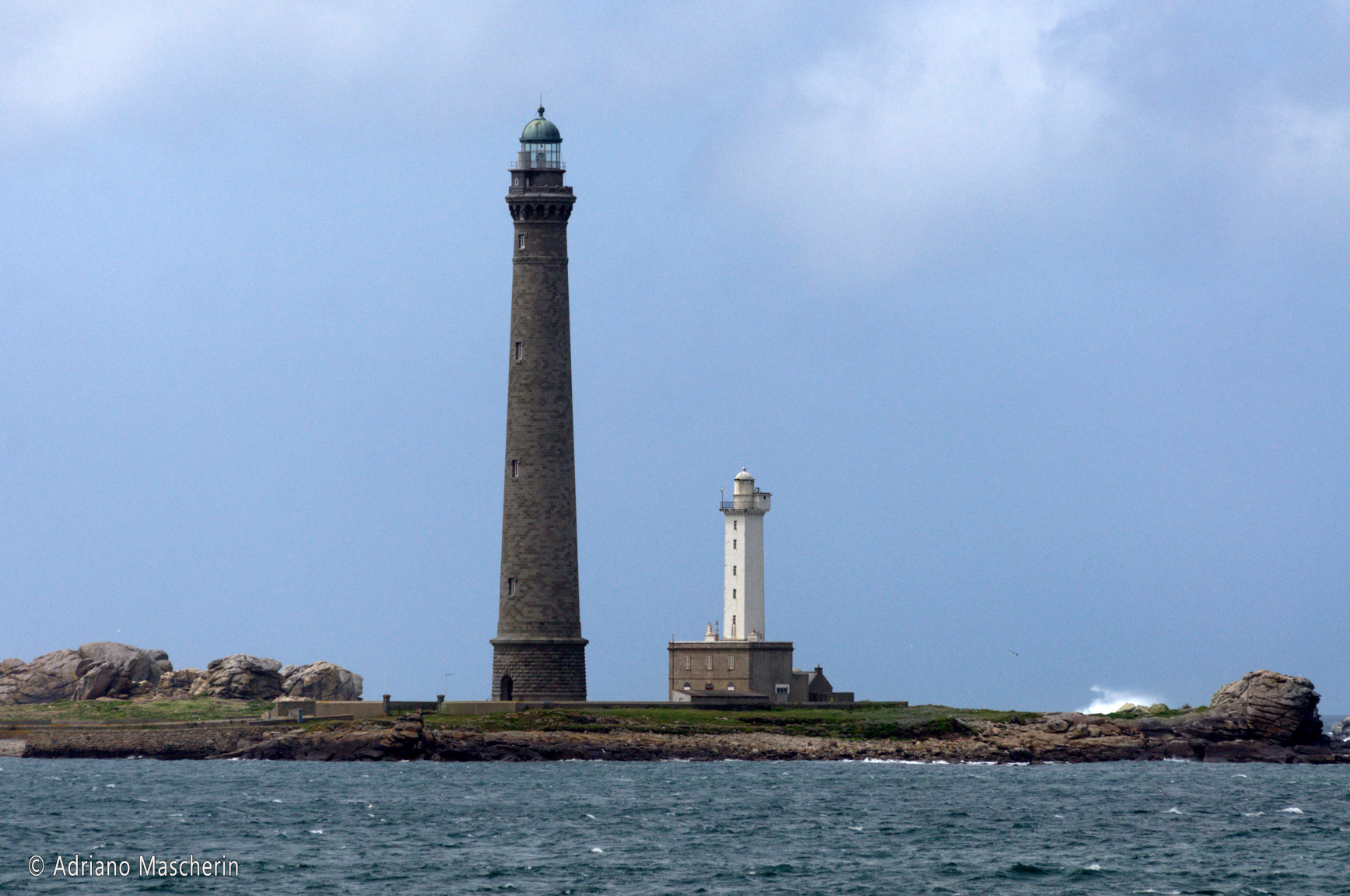
Plouguerneau - Faro de l'Ile Vierge

Plouguerneau - Faro de l'Ile Vierge
